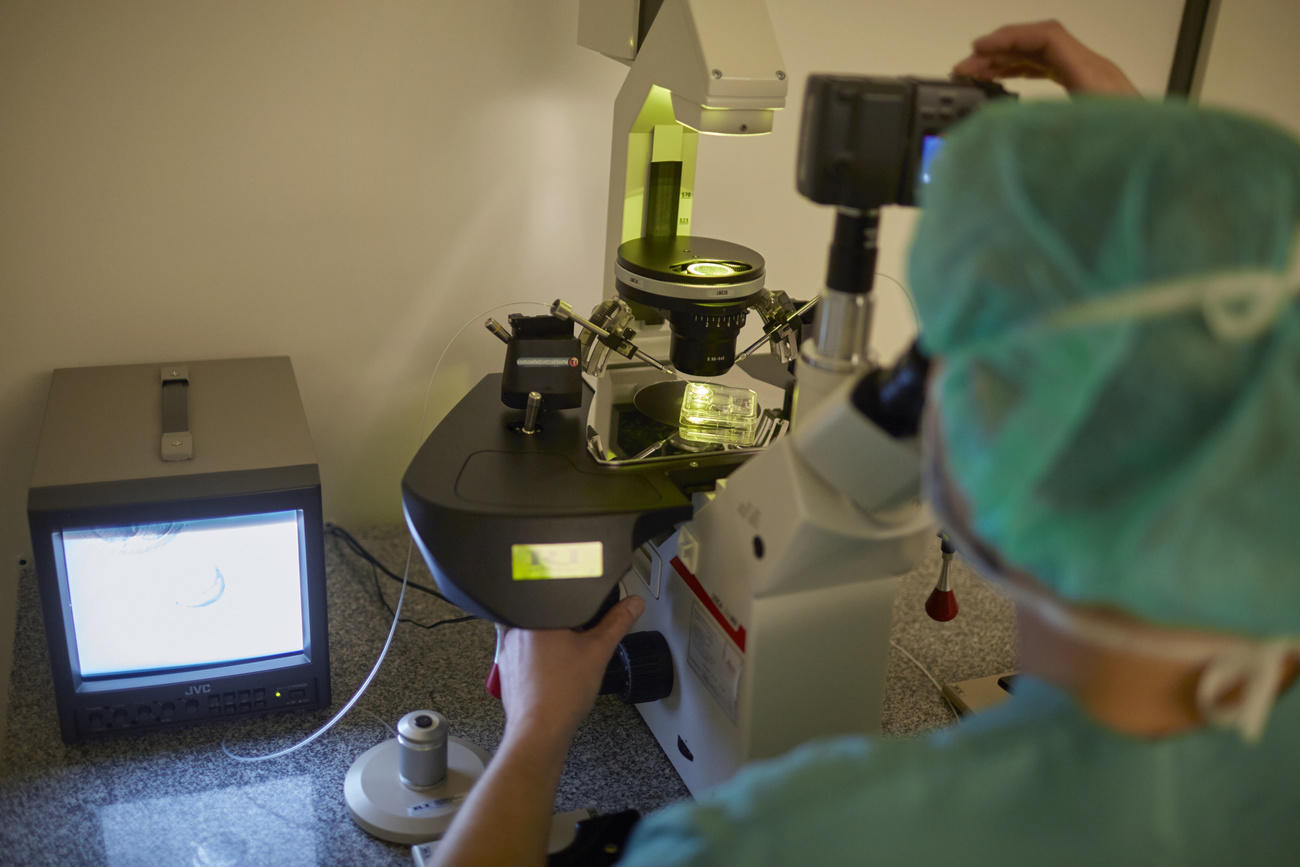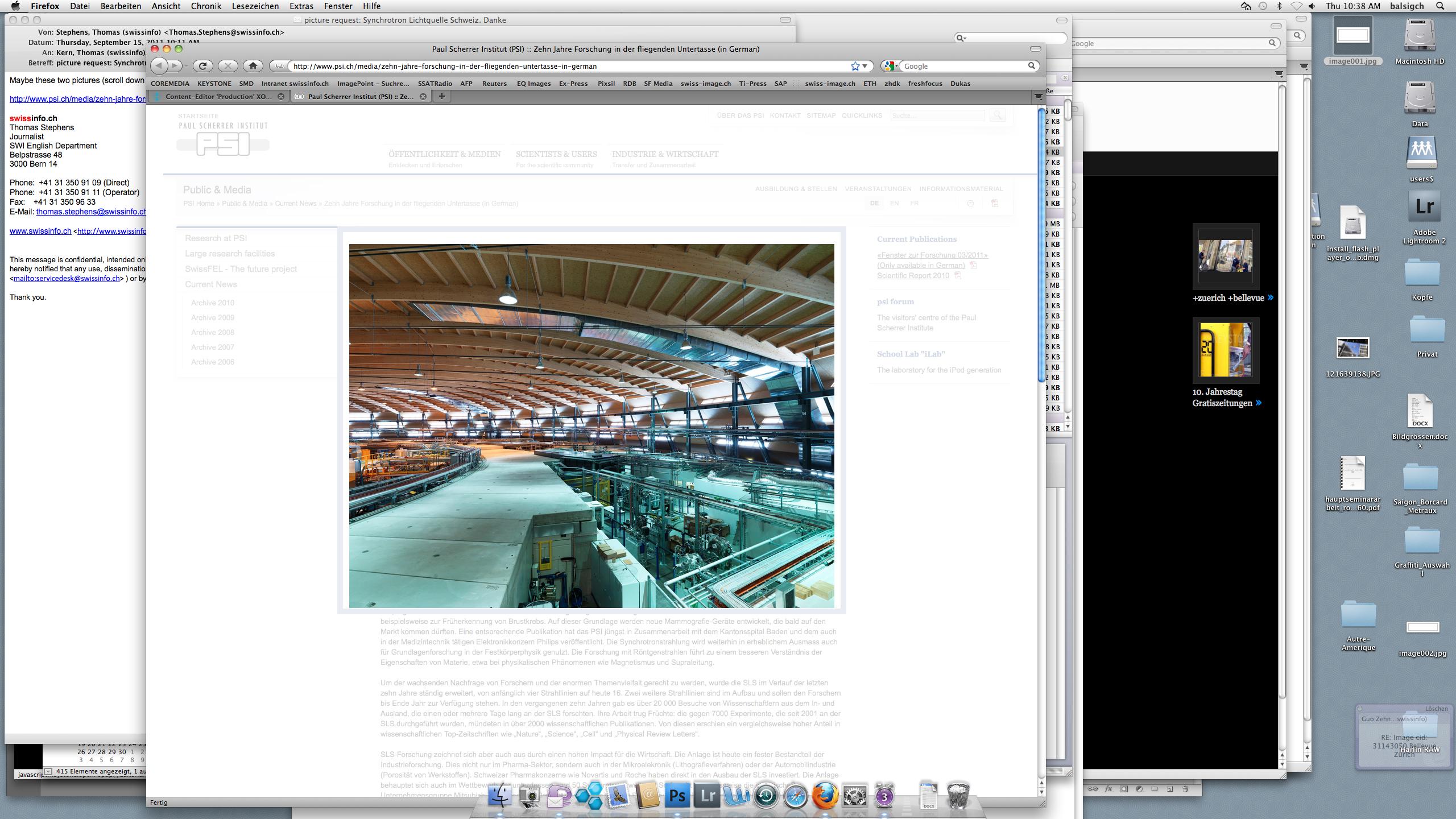
Swiss researchers decode cell receptor in cancer metastasis

Researchers in Switzerland have deciphered the structure of a cell receptor, unlocking new hope for the prevention of metastasis of certain cancers.
In a studyExternal link published in the medical journal Cell on Thursday, researchers from the Paul Scherrer Institute in partnership with the Swiss pharmaceutical company Roche were able to decipher the structure of the chemokine receptor 7 (CCR7) – a special membrane protein that helps white blood cells travel through the body.
Receptors like CCR7 can interact with more than 40 signaling proteins called chemokines that cause cells to move. Cancer cells can use the receptor to guide them into the lymphatic system, spreading the cancer throughout the body. These secondary tumors called metastases are responsible for around 90% of deaths in cancer patients.
With this discoveryExternal link, researchers have established a key foundation for the development of a drug that could prevent metastasis in certain prevalent cancer types, such as colorectal cancer.
Scientific collaboration
To uncover the receptor’s structure, researchers used X-ray crystallography at the Swiss Light SourceExternal link, a particle accelerator set up in 2001 that provides photon beams of high brightness for research in materials science, biology and chemistry.
With information about the precise structure of the receptor, the researchers were able to identify a molecule that blocks the receptor and thus prevents a signal from being transmitted into the cell.
“Our experiments show that the artificial molecule, inside the cell, binds to the receptor. This keeps the chain reaction that leads to cell migration from getting started”, explained Steffen Brünle, a postdoctoral researcher at the institute who was part of the study team.
Using the structure of the receptor, Roche scientists searched for agents in its database of millions of molecules that could potentially block the signaling protein. This led to the identification of five possible compounds that could be used to develop cancer drugs.
The Paul Scherrer Institute is part of the network of federal technology institutes and is the largest research institute in the country, employing 2,100 people. The annual budget amounts to approximately CHF407 million.

More
“Rolls-Royce” of x-ray machines honoured

In compliance with the JTI standards
More: SWI swissinfo.ch certified by the Journalism Trust Initiative

























You can find an overview of ongoing debates with our journalists here . Please join us!
If you want to start a conversation about a topic raised in this article or want to report factual errors, email us at english@swissinfo.ch.